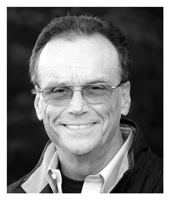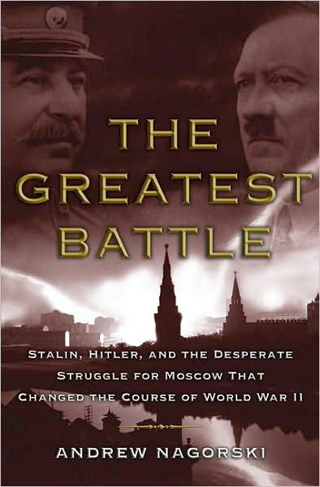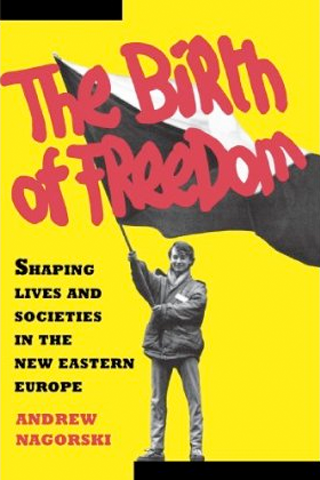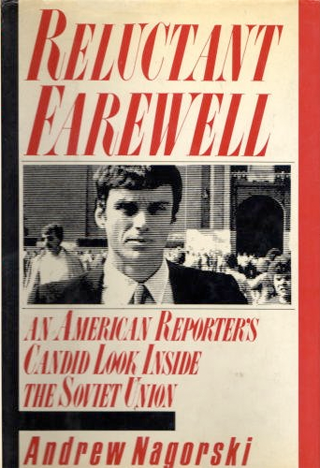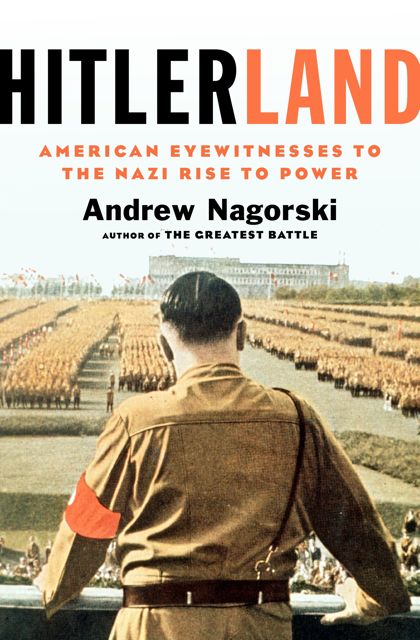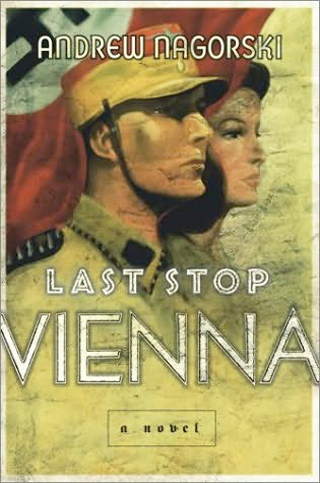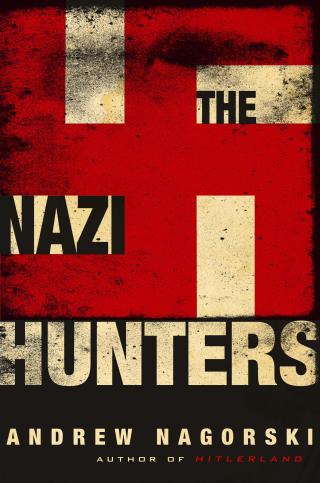“The ‘uncanny’ is that class of the terrifying which leads back to something long known to us, once very familiar.” This is a quote from Sigmund Freud, the father of modern psychanalysis. He laid the foundations of understanding the subconscious and how our mind tries to protect us in ways we don’t understand. But what is strange is that for Freud, he arguably had problems identifying the uncanny in his own life.
Freud’s ethnicity and beliefs made him an outsider in early 20th century Europe. As a Jew, Freud had long been met with anti-Semitism; but as an atheist, he took it less personally than others, and these encounters rarely struck a nerve. Only towards the end of his life, as warning signs of hatred and murder brewed in his native Austria, did he recognize the terrifyingly familiar prejudice. By then, it had already threatened his family – and he almost didn’t realize the very real danger until it was too late.
Today we are looking at Freud’s own neuroses, against the backdrop of Nazi conquest of Austria. When the Germans invaded in 1938, Freud was still in deep denial. Several prominent people close to Freud, however, knew better. They began a coordinated effort to persuade Freud to leave his cherished Vienna and emigrate to England.
I’m speaking today with Andrew Nagorski, author of “Saving Freud: The Rescuers Who Brought Him to Freedom.” We look at the remarkable collection of people – Freud’s personal physician, Napoleon’s great-grandniece, the heiress to the Tiffany fortune, his daughter Anna, an American ambassador, and his English-language translator – who succeeded in coaxing Freud to safety.
In light of his story, we also look at the limits of the human brain when faced with true horror and true evil, which pace Freud, is a psychoanalytic study in and of itself.
Saving Freud: The Rescuers Who Brought Him to Freedom
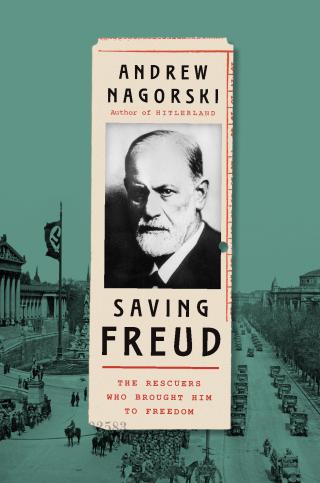
A dramatic true story about Sigmund Freud’s last-minute escape to London following the German annexation of Austria and the group of friends who made it possible.
Now in Paperback in the US and the UK
